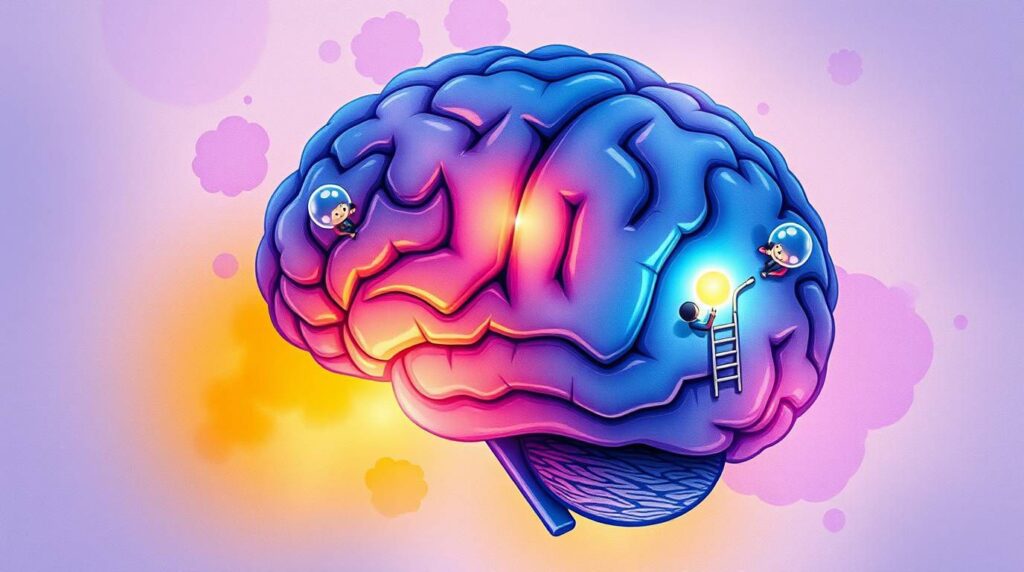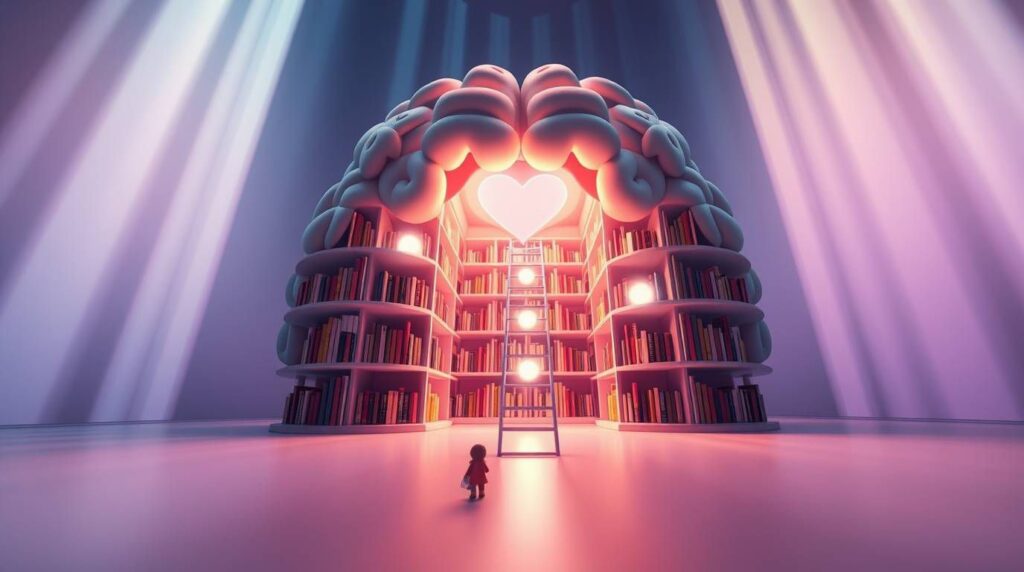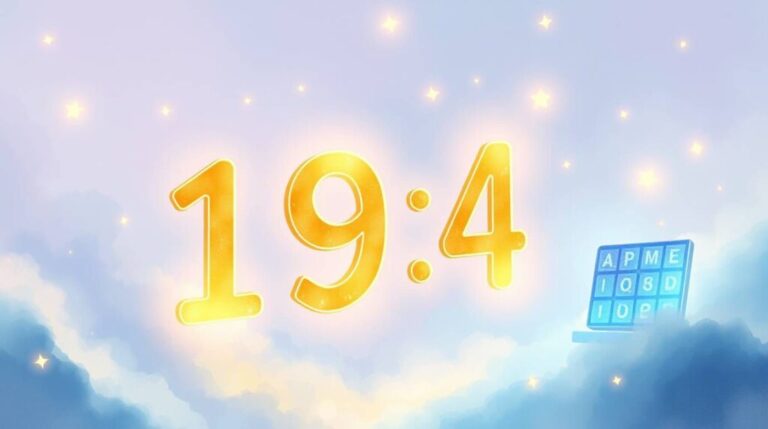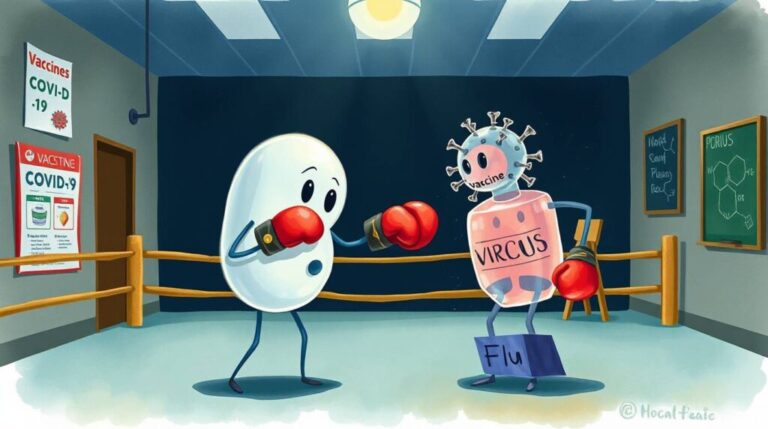How Does Memory Retrieval Work 2025
How Does Memory Retrieval Work 2025
—
The Book-Style Answer (What the Science Says)
Memory retrieval is the process of recalling information that was previously encoded and stored in the brain. This involves complex interactions between different brain regions, especially the hippocampus, prefrontal cortex, and various sensory areas.
There are three main types of memory retrieval:
1. Recall — retrieving information without a cue (e.g., answering an open-ended test question).
2. Recognition — identifying the correct information when it’s presented among other options (like picking the right answer in a multiple-choice test).
3. Relearning — refreshing previously learned information more quickly than when learning it for the first time.
Here’s how it works in the brain:
- Encoding happens first — that’s when we absorb info (like reading a fact or hearing a name).
- Then storage — the info is kept somewhere in our brain’s neural networks.
- Finally comes retrieval — the info is pulled back out, often triggered by a cue (a smell, a question, a sound, etc.).
Memory retrieval is strengthened by repetition, emotional connection, and relevance. That’s why emotional or meaningful moments are easier to remember — they’re stored more vividly.
Neuroscientifically, when you retrieve a memory, your brain isn’t pulling out a perfect recording. It’s reconstructing the experience, and every time you do that, the memory changes slightly. This is called reconsolidation.
—




The Real-Talk, Relatable Version
Let’s break it down like this — your brain is like a giant cluttered library, except there’s no neat card catalog or color-coded filing system. There’s just you, sprinting down aisles with a flashlight, yelling “Where the heck did I leave that math formula from 7th grade?!”
When you learn something new, your brain creates a neural path — kind of like making a new walking trail in a dense forest. But here’s the deal: that path fades if you don’t walk it often. So when you try to remember something later, you’re basically hiking through mental overgrowth trying to find that same trail again.
And sometimes, you randomly remember something because something around you — a smell, a song, someone’s laugh — accidentally triggers that old trail. That’s called a retrieval cue, and it’s like a hidden door opening straight to the memory.
But here’s the twist — your memories aren’t saved like video files. They’re like fragile art you recreate every time you “remember.” That story you tell about your childhood? It’s probably changed a bit each time you’ve told it. That’s your brain editing the scene like a director adding new props each time the movie plays.
Your emotions play a massive role too. Ever notice how you remember embarrassing moments super clearly, but forget what you had for lunch yesterday? That’s your brain prioritizing memories based on how much emotional energy they had. Drama sticks. Boring stuff doesn’t.
So if you want to remember something better?
Connect it to emotion. Make it weird. Use jokes. Repeat it out loud. Teach it to someone. The more paths you build, the easier it is to find your way back.
—
External Resource:
Want to explore more on how memory works?
Check the Wikipedia page:
Memory
https://en.wikipedia.org/wiki/Memory
—
Related Articles from EdgyThoughts.com:
Why Do We Forget Our Childhood Memories 2025
https://edgythoughts.com/why-do-we-forget-our-childhood-memories-2025
What If Dreams Could Be Recorded and Played Back 2025
https://edgythoughts.com/what-if-dreams-could-be-recorded-and-played-back-2025
—
Disclaimer:
The following easy explanation is written in a simplified and relatable style to help you understand the topic better. If your teacher expects the textbook version and you write this instead, we are not responsible for any loss of marks. Our goal is purely to make concepts easier to grasp.
—





